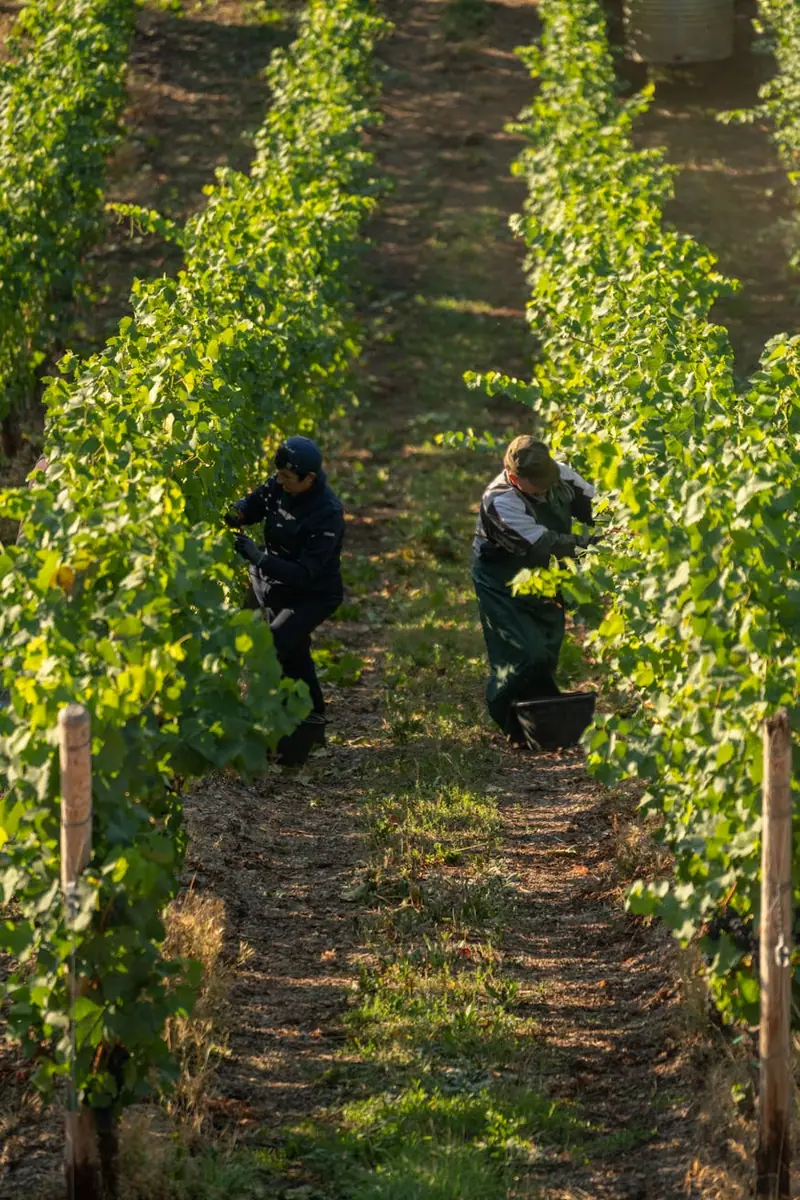A team of scientists led by Cornelis van Leeuwen from the Bordeaux Research Institute for Agricultural Sciences in France claims that the majority of the world’s vineyards will struggle to survive the climate crisis and may cease to thrive by the year 2100. At the same time, new regions suitable for grape cultivation are expected to emerge.
According to the researchers, a recent analysis indicates that many of the world’s most renowned wine-producing regions could become unsuitable for grape growing if global temperatures rise above 2 °C by the end of the century. Experts consider this a likely scenario given current trends in significant greenhouse gas emissions. The regions most at risk include wine territories in northern Spain and Italy, southern France and California, as well as Greece, South Africa, and Argentina. Scientists report that approximately 90 percent of currently thriving wine regions may not withstand the devastating impacts of global warming. Furthermore, 29 percent of established wine-producing areas will face the most extreme climate conditions, such as abnormal heat and excessive drought.

The geography of wine production is set to change. As climate change affects grape yields, the composition of grapes at harvest, and the quality of wine, the landscape of winemaking may shift. However, the growth of wine production in areas where it has not previously existed could put pressure on water resources and local ecosystems, as reported by the Daily Mail.
Researchers believe that global warming could positively influence the development of new wine regions in the United Kingdom, Tasmania, and Washington State. They anticipate that by the end of the century, the area in Europe capable of producing wine could increase by approximately 40 percent. Wine production territories may also expand in Washington State and northern France. The findings of this study were published in the journal Nature Reviews Earth & Environment.
